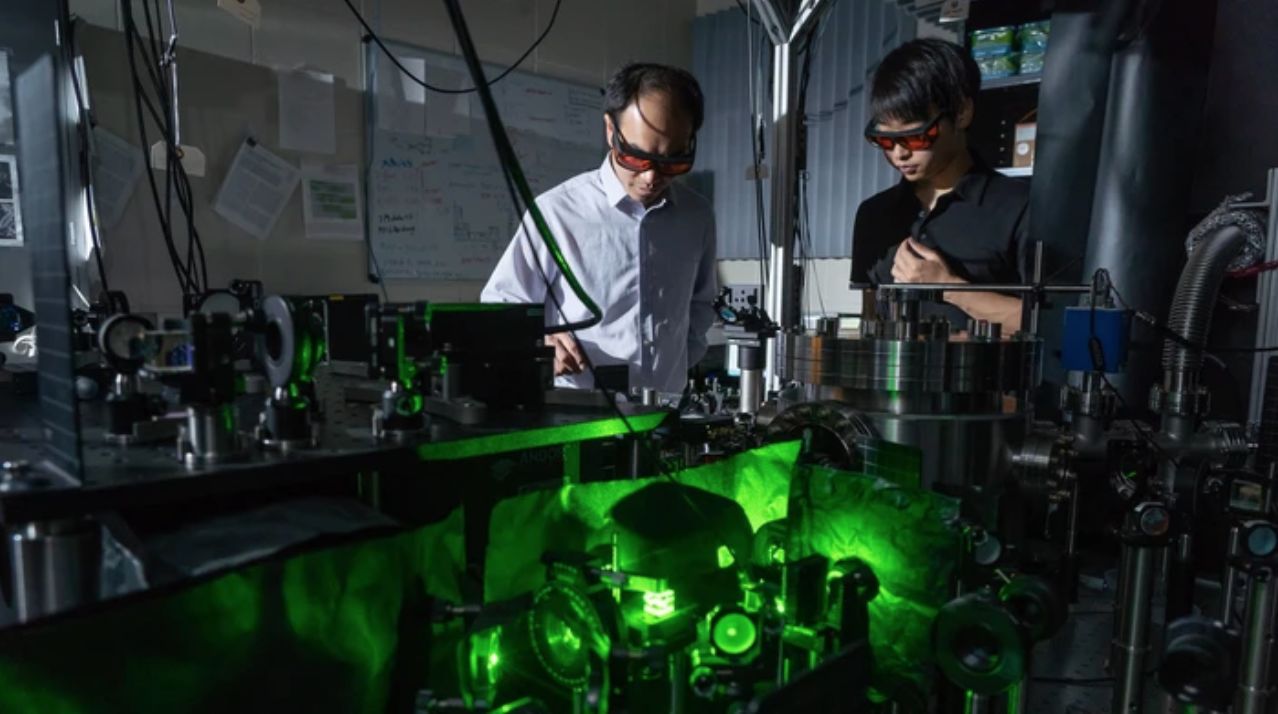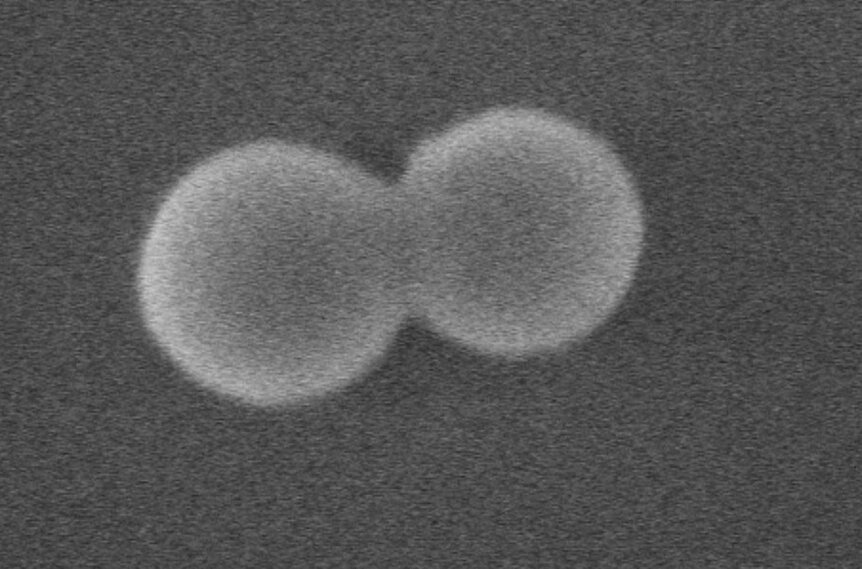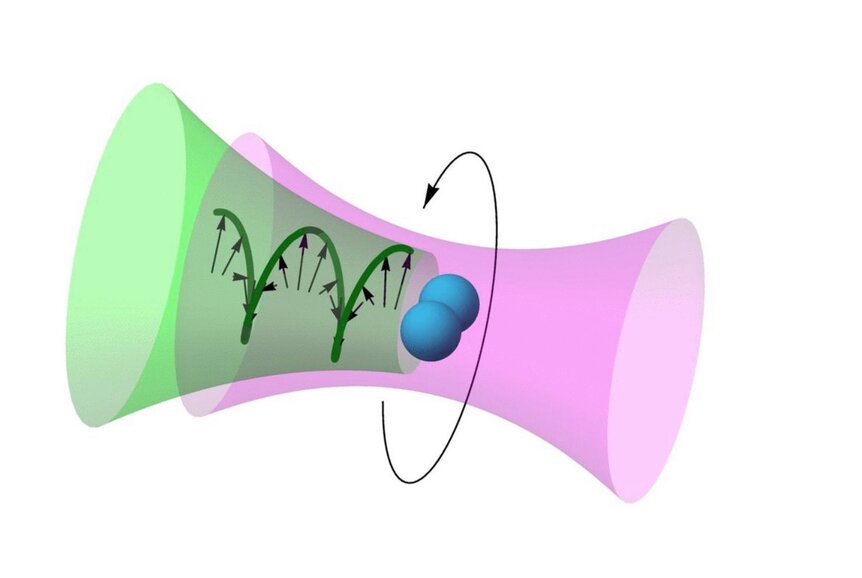Create a free profile to get unlimited access to exclusive videos, sweepstakes, and more!
Don't get dizzy! Scientists break record for world's fastest-spinning object

Here's a dizzying scientific discovery that's sure to make your mind spin!
A team of researchers at Purdue University has just broken their own 2018 world record for building the planet's fastest-spinning object. Back then, scientists crafted a miniature machine that was capable of demonstrating 60 billion revolutions per minute, but they've blown way past that benchmark with their latest endeavor.
Now in a fresh study published in the online journal Nature Nanotechnology, their newest experiment has proven capable of spinning a single dumbbell-shaped nanoparticle at a brain-busting 300 billion RPM! This tiny tuned device could act as a window inside the future of physics and help explain what ways quantum particles alter and affect our daily lives in the real world.
To give you an idea of just how mind-boggling that achieved speed is, it represents something turning 500,000 times faster than a cutting-edge dentist’s drill. Even the most exotic Formula One race car maxes out at a mere 15,000 RPM, putting this extraordinary feat in proper proportion.
According to the paper, university researchers conjured up a silica nanoparticle that appears like two small spheres attached side-by-side. Using delicate laser manipulation of the special nanoparticles, these customized particles were first diluted in water and then shot into the air using an ultrasonic nebulizer. One laser was employed to levitate the nanodumbell in place and another to gently apply torque to start the rotation.
“The electromagnetic vacuum behaves like a complex fluid and will exert a frictional torque on a nanorotor,” the authors explain in the study. “While there have been many theoretical investigations on vacuum friction, it has not been observed experimentally yet. Our calculations show that the vacuum friction acting on a silica nanosphere rotating at 1 GHz near a flat silica surface will be large enough to be observed under realistic conditions.”
Purdue's enthusiastic team has determined that their innovative creation could improve scientists' ultimate understanding of the elusive drag effect enacted by quantum particles in a vacuum environment, steering inquiring minds toward a greater grasp of vacuum friction and nanomagnetism.




























